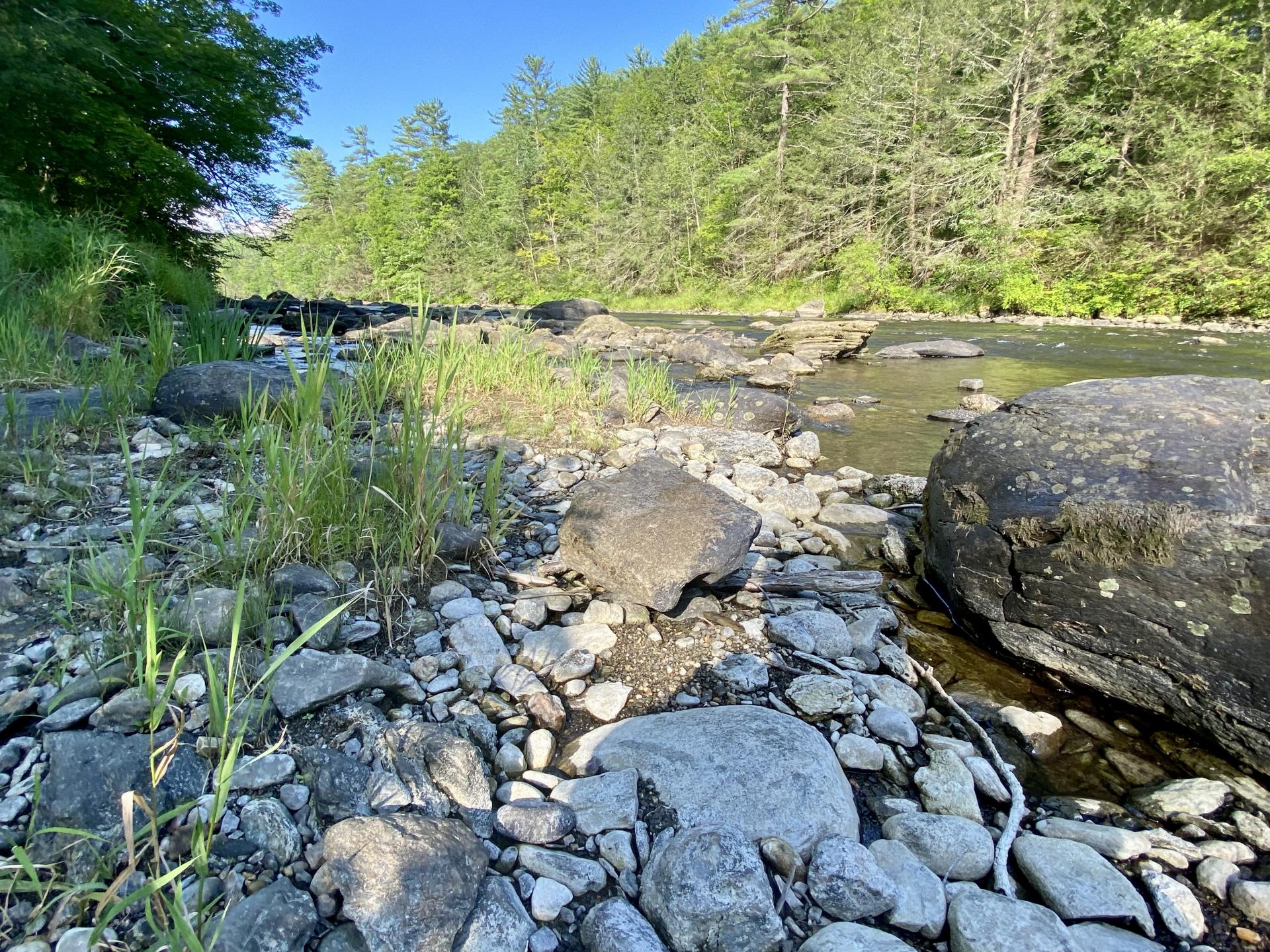You are here
Summertime, and the Living Is Not So Easy
Summertime, and the Living Is Not So Easy
By Thomas Christopher
George Gershwin to the contrary, summer is not a time of easy living, at least not for most gardeners. Typically, we spend these hot days rushing around with hoses, trying to quench the thirst of our plants. According to the latest climate research, summer is only going to get more challenging, too, here in the Northeast.
What I’ve been reading in publications from a number of governmental and academic sources it that the Northeast is the fastest warming region in the lower 48. Our region, in fact is heating up 50 percent faster than the global average. Precipitation has actually increased as the warmer air absorbs more moisture. However, the increase has mostly come in winter and spring, not summer, and though we are receiving more rainfall, we are getting it in less frequent, more violent storms. This leaves us with longer rainless intervals in the summer. Plus, the higher temperatures we are experiencing means that moisture evaporates out of the soil faster. Those elevated temperatures also mean that our plants transpire more heavily, sweating water off the surface of their leaves to cool themselves.
Irrigation is vital during droughts, but it can accomplish only so much and it comes with costs. I spent much of four years long ago in central Texas and for the most part I really enjoyed gardening in USDA Zone 8. I had to be sparing with the irrigation, however, as over-pumping had made the aquifer from which we drew our water somewhat saline. If you turned on the sprinklers too often, the plants would suffer from salt poisoning. I installed drip irrigation systems in my beds which, because they were much more efficient in delivering water, reduced the need for watering by about a half. I reduced the need for irrigation further by spreading an inch of organic mulch (spent compost from a nearby mushroom grower) around the plants to insulate the soil and keep water from evaporating off its surface.
For additional tips about weathering summer droughts, I turned to Nancy Dubrule-Clemente, a pioneering gardener who founded the landscape design and maintenance company Natureworks in 1983. Natureworks was a trail blazer in two respects. It was a female led landscape company in an era when that was unknown. It also espoused all-organic techniques at a time when the horticultural industry was still unashamedly chemical addicted. To manage landscapes without the help of synthetic chemical products, Nancy had to do what she describes as a “deep dive” into understanding the ecology of the garden.
Nancy began our conversation by noting that the midday wilting of a plant’s leaves, “flagging,” is not necessarily a sign that it needs watering. The problem may be just a result of the inability of the plant to get water from its roots to its leaves in sufficient quantity during a time of intense heat. Wait till evening, she advises, and see if the plant refreshes itself as the sun sets and temperatures cool. If it doesn’t, it may be a sign that the plant would benefit from a shadier location.
Nancy also noted that her two-acre garden is too big for her to cover it all with mulch. Instead, she relies on a “green mulch,” a dense style of planting, to shade the soil and reduce evaporation. She’ll even rely on what most gardeners consider weeds, such as barren strawberry, to fulfill this function, removing the weeds only if and when she has something more desirable to put in their places.
Group your plants according to their water needs, putting drought-tolerant plants with other drought tolerant ones, and plants with greater water needs together, Nancy advises. In this way, you won’t find yourself overwatering drought-tolerant plants to satisfy thirstier neighbors. Stay away from overhead sprinklers, much of whose output is lost to evaporation before it ever reaches the ground. She has a small, low-pressure sprinkler that she sets at the base of a thirsty plant to bubble water right onto the soil. She doesn’t use drip irrigation because it encourages the plants to grow roots only where the drip emitters release water, creating a dependency.
Reducing the need for irrigation in your garden not only conserves an essential natural resource, it brings us closer to George Gershwin’s promise of what summer can be. For more of Nancy’s tips, listen to our conversation on the Berkshire Botanical Garden’s Growing Greener podcast at www.berkshirebotanical.org.
Be-a-Better-Gardener is a community service of Berkshire Botanical Garden, located in Stockbridge, Mass. Its mission, to provide knowledge of gardening and the environment through a diverse range of classes and programs, informs and inspires thousands of students and visitors each year. Thomas Christopher is a volunteer at Berkshire Botanical Garden and is the author or co-author of more than a dozen books, including Nature into Art and The Gardens of Wave Hill (Timber Press, 2019). He is the 2021 Garden Club of America's National Medalist for Literature, a distinction reserved to recognize those who have left a profound and lasting impact on issues that are most important to the GCA. Christopher’s companion broadcast to this column, Growing Greener, streams on WESUFM.org, Pacifica Radio and NPR and is available at berkshirebotanical.org/growinggreener.
Help Our Garden Grow!
Your donation helps us to educate and inspire visitors of all ages on the art and science of gardening and the preservation of our environment.
All donations are 100 percent tax deductible.


